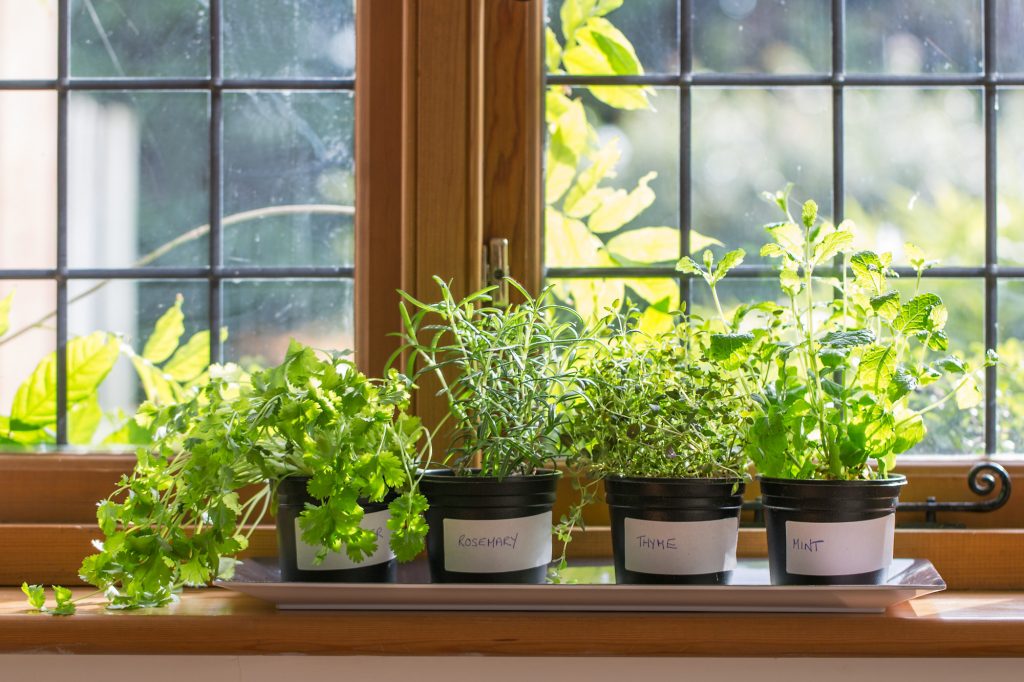How often have you been forced to buy an ounce of fresh herbs from the grocery store, only to use a small fraction of it? Unfortunately, buying herbs in the size you need is almost an impossible task.
That’s why more and more people are opting to grow their own kitchen herbs at home. Growing your own live herb plants is better for the environment, your wallet, and your wellbeing.
You don’t even need a big garden in the suburbs to do it either. Even a studio apartment located on the 20th floor of a skyscraper will have the perfect conditions to grow kitchen herbs you can use year-round.
Here’s how to grow your own garden of kitchen herbs.
Find the Right Spot in Your Home
When it comes to growing live herb plants, location is key. First of all, you’ll want to choose a spot with direct access to sunlight.
South-facing windows will capture the most sunlight, so this is where your growing station should be.
You’ll also want to grow herbs in the kitchen away from heat sources such as radiators and ovens, as this can damage the plants.
Make sure to choose a spot near a water source such as the kitchen sink.
Choose the Right Kitchen Herbs
Choosing the right kitchen herb is crucial. You’ll want plants that require very low-intensity maintenance and that grow easily at standard room temperatures. Fortunately, the vast majority of kitchen herbs fit the bill here.
Basil, sage, rosemary, thyme, mint, and cilantro all grow with ease in a standard kitchen. The key is to ensure that your kitchen remains a consistent temperature, as sudden swings in temperature is a major killer, especially for basil.
It is also important to ensure you select herbs you actually have the space to grow. Since virtually all standard herbs require only a small amount of soil and free space to grow, your options are pretty broad.
Use Some Specialist Equipment
Of course, you may want to grow your herbs without having to wait too long. Perhaps you want to mitigate the risk of damage and ensure you never have to throw dead plants in the trash.
Fortunately, there is plenty of specialist growing equipment that caters to this. You can use a fully automated grow box that will grow and harvest your plants with almost zero effort on your behalf.
You can also invest in a grow light to speed things along slightly.
Ensure Good Drainage
This final tip is also one of the most important to remember. Watering your herbs isn’t enough to ensure growth.
You’ll need to have a proper drainage system set up to remove excess water and stop your herbs from drowning.
At its simplest level, this could just be a saucer beneath your plant pots for water to drain into, although you should invest in a more comprehensive system.
Learn More
Once you’ve grown your kitchen herbs, it’s time to put them to good use. Make sure to check out our stunning range of recipes that you can use your herbs in today. Everything tastes better when it’s homegrown.

